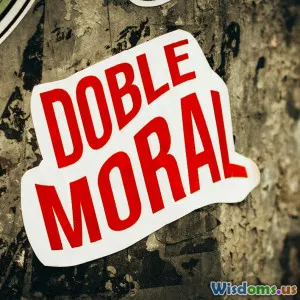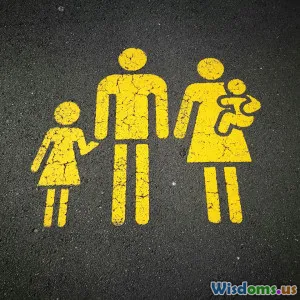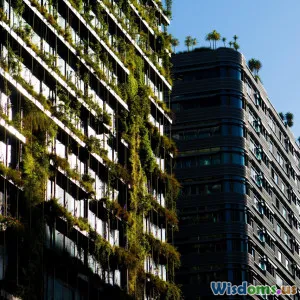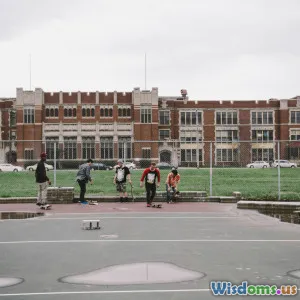
Is Public or Private Education Really More Effective
20 min read An evidence-based comparison of public and private education effectiveness for parents and policymakers. (0 Reviews)
Is Public or Private Education Really More Effective?
Choosing the right educational path for children has never been a simple decision. Among the debates that parents, policymakers, and educators grapple with, the question of whether public or private education is more effective has sparked passionate discussions globally. But measuring “effectiveness” isn’t straightforward; it can mean academic achievement, personal development, access to opportunities, or preparation for adult life. To unravel this issue, let’s take a closer look at the main drivers, evidence, and lived experiences that can help families make informed choices.
Considering Academic Outcomes
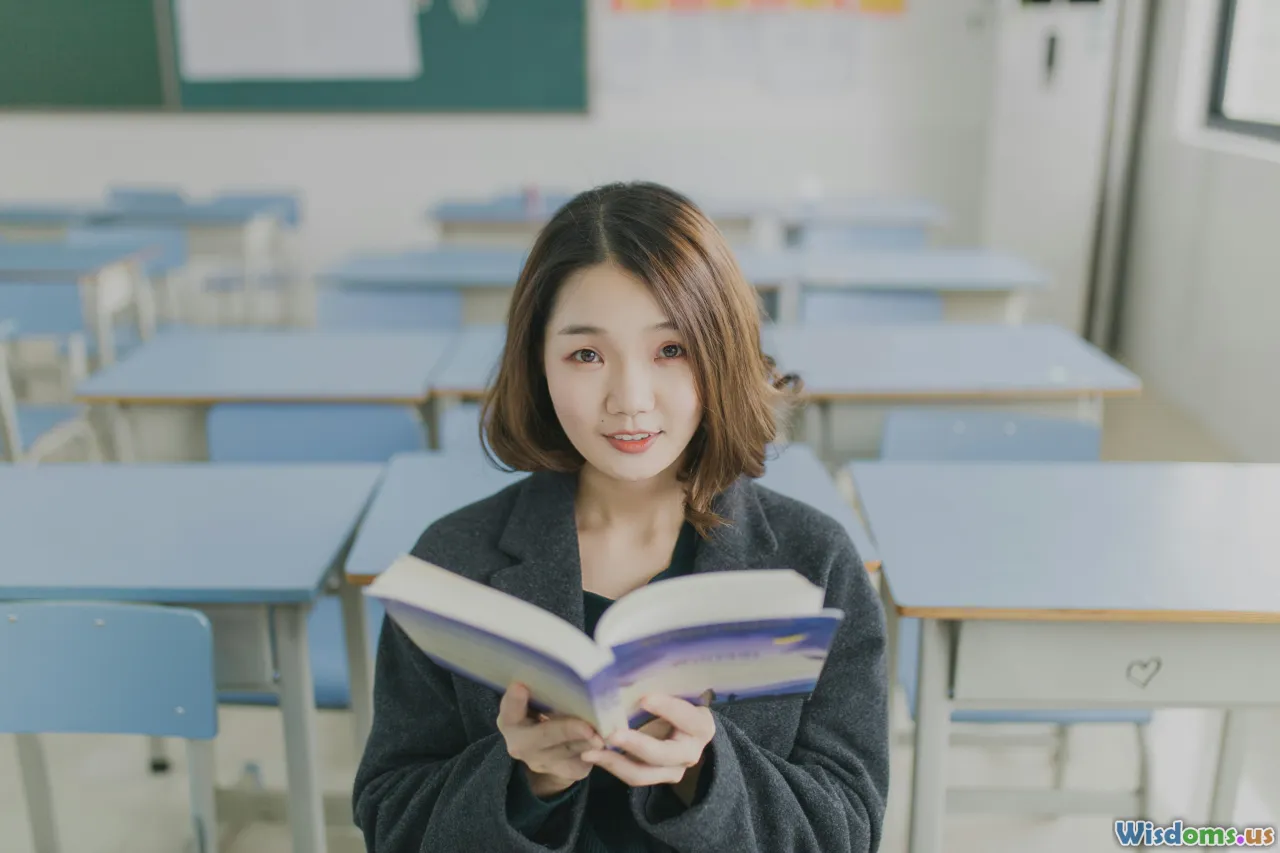
Academic achievement is often the first criterion referenced in the debate between public and private education. Standardized test scores, college admission rates, and graduation statistics provide a quantifiable lens through which to compare schools.
For example, according to 2019 data from the U.S. National Center for Education Statistics (NCES), students in private schools scored higher on average on standardized tests such as the SAT and ACT compared to their public school counterparts. Many private schools, such as Philips Exeter Academy or The Dalton School, boast nearly perfect college admission rates and high average standardized scores.
However, academic outcomes are shaped by more than just the school attended. Researchers caution against drawing simple cause-and-effect conclusions. Private school families are disproportionately likely to be from higher-income backgrounds and to have access to resources like tutoring, extracurricular enrichment, and technology at home. When controlling for socioeconomic status, the academic gap between public and private school students often narrows or disappears entirely.
One landmark study—the 2013 NAEP (National Assessment of Educational Progress) study—analyzed achievement and found that, when adjusted for demographic variables, the average difference in standardized reading and math scores between public and private school students dropped significantly. This suggests that parental support, family environment, and community resources may play as large a role in student success as the school itself.
Curriculum and Teaching Approach Differences
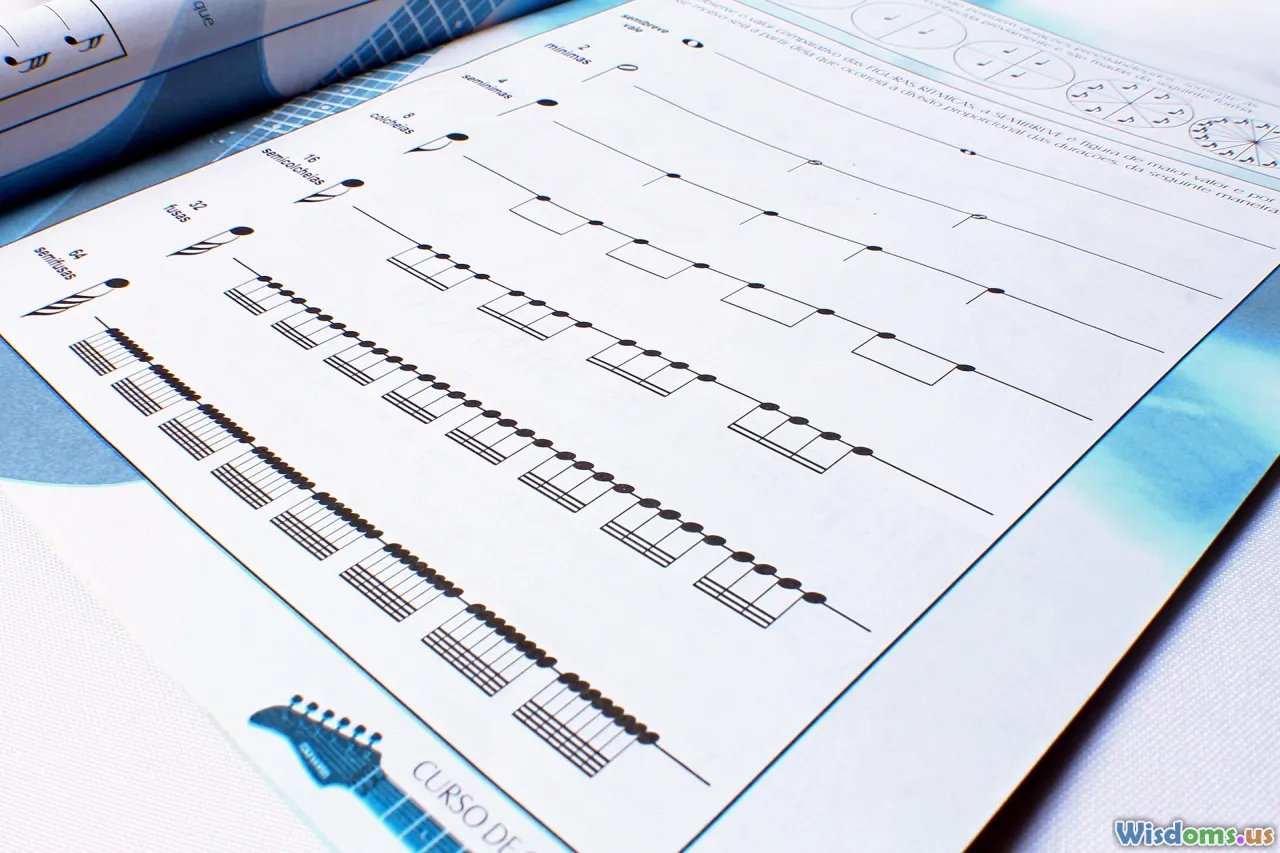
Curriculum variation and teaching style offer another area of comparison. Private schools often have the flexibility to design bespoke curricula, integrate alternative teaching philosophies, and pursue innovative instructional methods.
For example, some private institutions adopt the International Baccalaureate (IB) or Montessori approaches, emphasizing interdisciplinary learning, inquiry, and student-directed investigation. Waldorf and Reggio Emilia schools prioritize creativity, imagination, and social-emotional development over rote memorization. These models can provide unique opportunities for students whose learning preferences might not be supported in more traditional classrooms.
Public schools, while governed by state and district regulations, are equally capable of offering innovative programs—especially magnet and charter schools, which may have specialized focuses on STEM, performing arts, or language immersion. The Advanced Placement (AP) program, largely a feature of public schools, gives students nationwide access to college-level courses. In some cases, academically ambitious students find more advanced coursework at public schools due to broader offerings.
Yet, disparities in funding can limit public schools’ capacity for continued innovation. According to the Center on Budget and Policy Priorities, many public schools continue to recover from budget cuts dating back to the Great Recession, limiting updated technology, advanced courses, and teacher development programs. In contrast, independent private schools often replenish their programming with tuition and endowments, fostering continuous reinvestment in educational quality.
Student-Teacher Ratios and Personalized Attention

The ratio of students to teachers is routinely cited as a distinguishing factor. Private schools tout significantly smaller class sizes—a 2020 NCES survey put averages at around a 12:1 student-teacher ratio in private settings, compared to about 16:1 in public schools.
This difference is not merely numerical. Smaller class sizes theoretically allow for more individualized attention, better classroom management, and frequent feedback. Anecdotal evidence and studies alike report that students who receive more teacher interaction are more likely to engage, participate, and receive help tailored to their learning profile.
However, the utility of smaller class sizes depends heavily on the quality of instruction. A passionate, skilled teacher in a public school classroom, even with larger student numbers, may produce better learning outcomes than an underqualified teacher in a private setting. Moreover, some highly ranked public schools in affluent districts also boast low student-teacher ratios due to greater funding or lower community enrollment.
Notably, initiatives like the STAR (Student-Teacher Achievement Ratio) study in Tennessee highlighted significant achievement boosts for younger students placed in smaller classes, though benefits tapered off as class size increased beyond a certain threshold. For parents, visiting potential schools and observing student-teacher interactions firsthand can provide invaluable insight, often more telling than average statistics.
Socioeconomic Diversity and Socialization
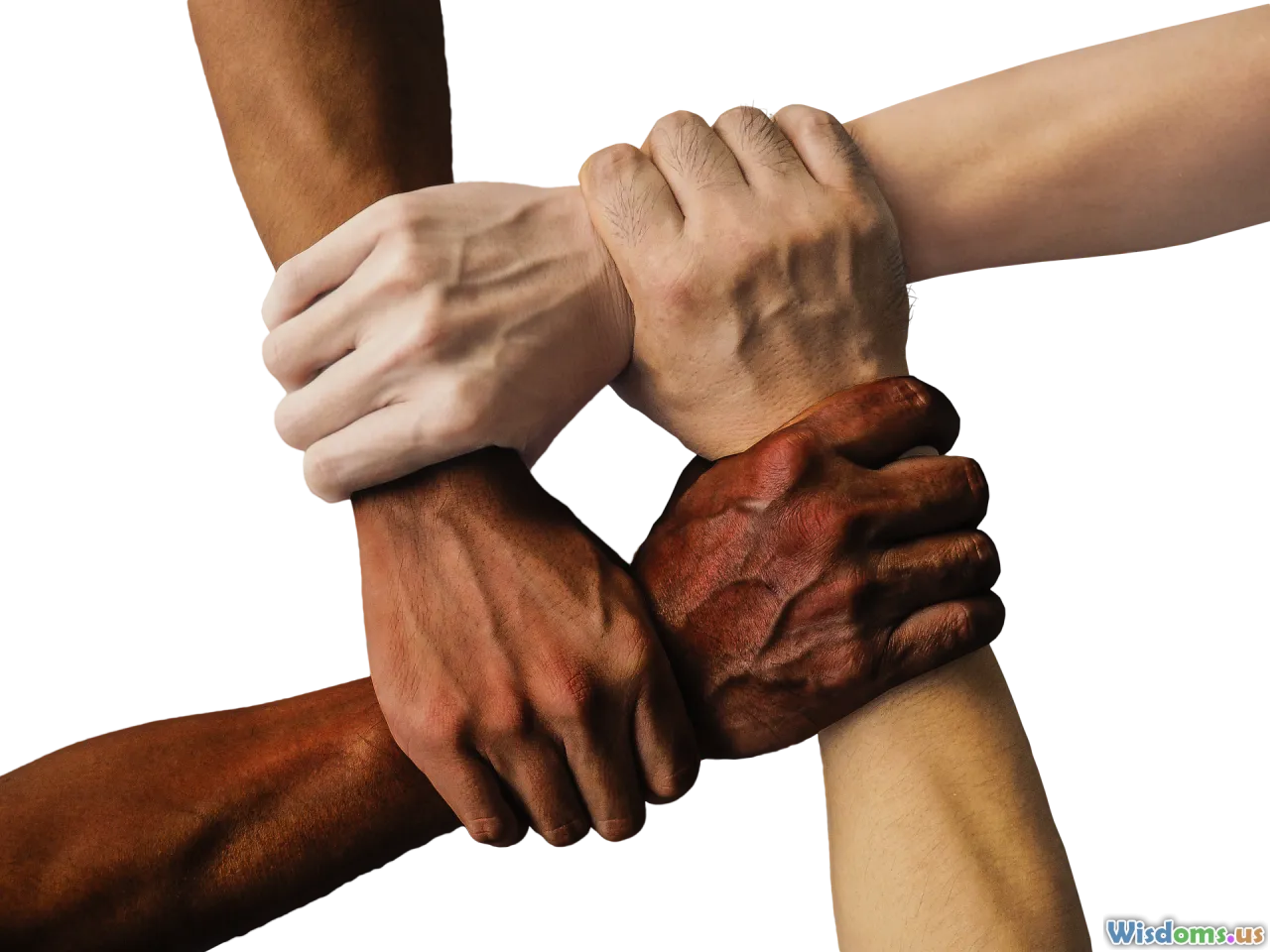
Effectiveness in education also encompasses social and emotional development. Public schools traditionally serve a more diverse student population, not just racially and ethnically, but also socioeconomically. Children are exposed to a wide variety of backgrounds, belief systems, and family structures, fostering adaptability and empathy.
In contrast, private schools often draw students from similar economic strata. Despite growing efforts to expand financial aid—as seen at notable schools like Sidwell Friends in Washington D.C. or The Nueva School in California—the price tag of tuition remains a significant barrier. As a result, socio-economic diversity is typically lower.
Some critics of private education argue that this lack of diversity leads to insularity or less preparedness for life’s complexities. In his widely-cited book "The Diversity Bargain," Harvard sociologist Natasha Warikoo argues that schools where students mix socioeconomically tend to produce graduates with more nuanced views on cooperation, leadership, and cultural awareness.
Of course, some elite public schools, particularly magnet or exam schools, are selective and may not be representative of a 'typical' public institution’s diversity. Still, the mandatory, catchment-area-based admission policies generally mean that public schools better reflect the demographic composition of their communities.
Extracurricular Activities and Resource Availability

The opportunity for involvement outside of academics—arts, athletics, leadership, and unique clubs—varies widely by school type and location. Private schools boast painting studios, equestrian centers, robotics labs, or extensive language programs, investing heavily in facilities that extend learning beyond textbooks.
Examples abound, such as Punahou School in Hawaii, with its Olympic-sized pool and student-run radio station, or Choate Rosemary Hall, which hosts writers-in-residence programs that connect students with prominent authors. These offerings often supplement the classroom by enabling exploration, leadership, and self-discovery.
Public schools often shine in athletics and performing arts—particularly in large districts with deep traditions and competitive leagues. Many offer career-technical education, award-winning debate teams, and music ensembles funded through a blend of state and district budgets, fundraising campaigns, and local partnerships.
Nevertheless, depth and availability often correlate with district wealth. Public schools serving low-income areas may have to prioritize core programs, while well-funded districts provide a breadth of options rivaling private schools. According to a 2021 report from The Education Trust, the highest-poverty public schools in the U.S. spend roughly $1,000 less per pupil for enrichment activities compared to affluent schools, constraining opportunities for their students.
Costs and Return on Investment
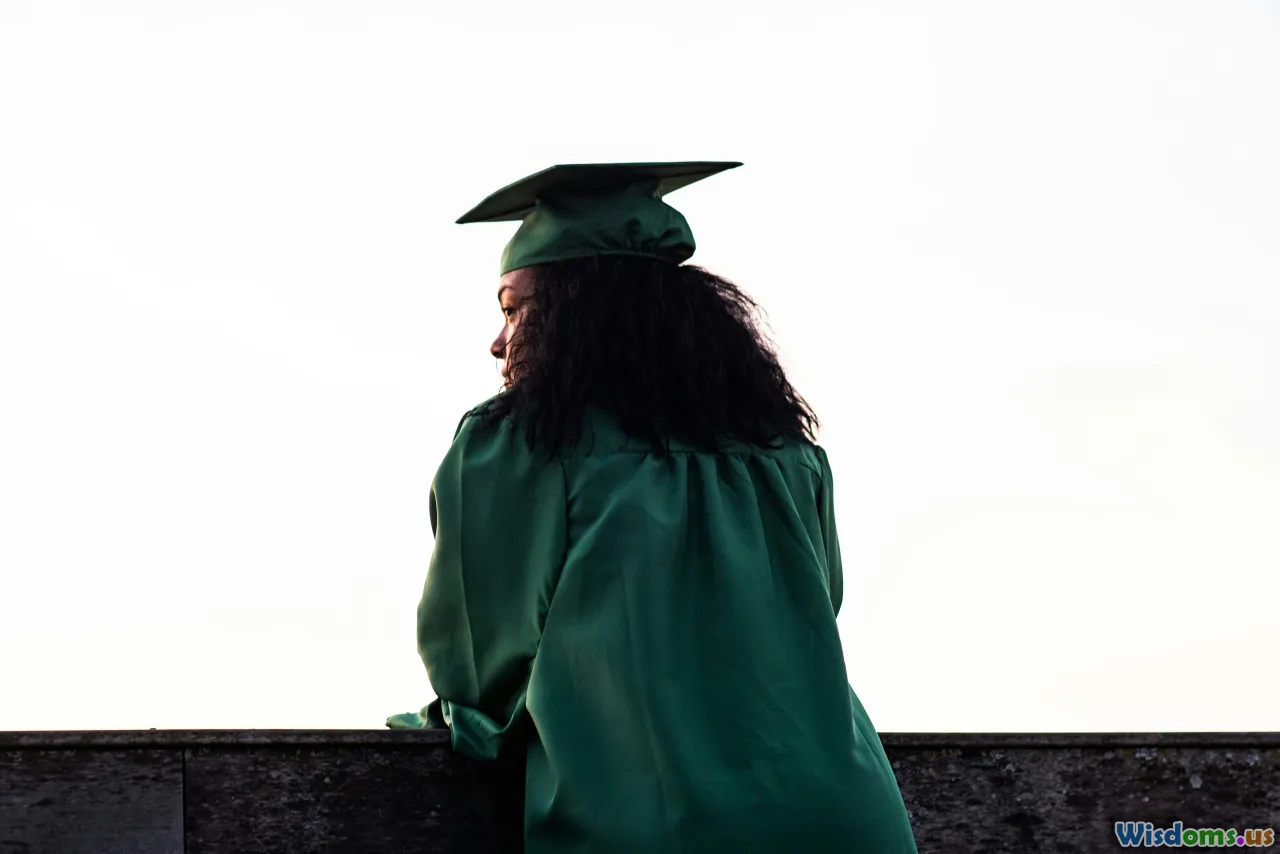
Private schooling represents a significant financial commitment. Average tuition for U.S. private K-12 schools hovers around $12,000 per year, with prestigious high schools charging over $50,000 annually—rates comparable to private university tuition. As a result, one’s decision is deeply influenced by personal finances, perceptions of value, and long-term goals.
Is the payout justified? For some families, the answer is yes: personalized support, a controlled environment, and enhanced college readiness are worth the price. But studies, such as the 2018 Brookings Institution review, find that when comparing college attendance and career readiness, well-resourced public schools can perform equally well, sometimes better, at a fraction of the cost.
Scholarships and tuition remission programs can minimize financial strain for some, but these avenues are often competitive and limited. Meanwhile, public schools, being taxpayer-funded, offer inclusive access to quality education without direct cost to families, save for supplemental expenses like supplies, field trips, or extracurriculars.
The return on educational investment thus varies not just by school, but by individual student needs and the supplementary support a family can provide.
Regulation, Standards, and Teacher Qualifications
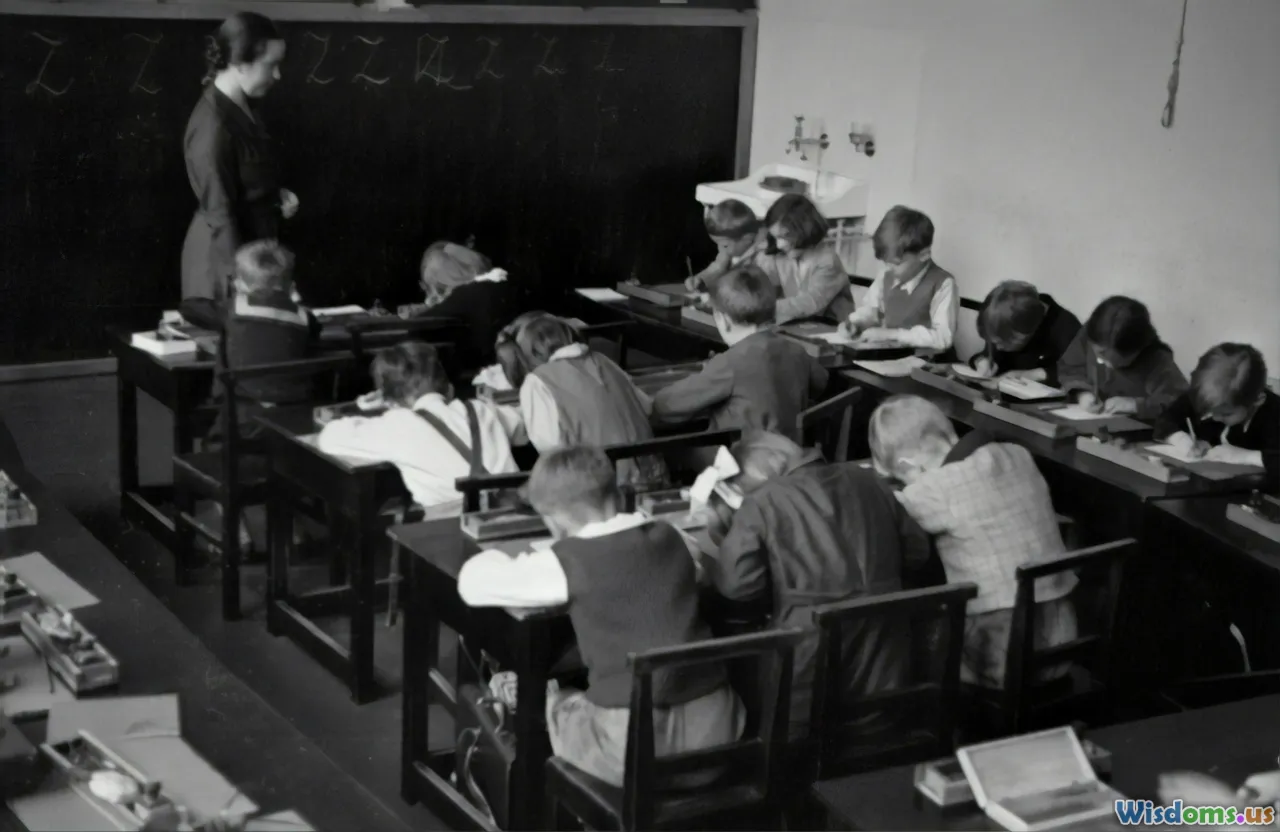
Public and private schools are regulated very differently, contributing to variances in how “effectiveness” is measured and reported.
Public schools must adhere to state academic standards, undergo regular standardized testing, and employ certified teachers. Accountability comes through state agencies, elected school boards, and periodic audits, promoting a form of transparency that enables public scrutiny. This introduces some bureaucracy, but also a baseline of academic rigor.
Private schools retain far more autonomy: many choose not to administer state-mandated tests or adhere to common standards. Teacher credential requirements are more flexible, allowing schools to hire industry professionals or career-changers who may not hold traditional education degrees. This brings advantages for offering specialized courses or innovative teaching, but it also means fewer external safeguards regarding teacher quality.
As education researchers like Dr. Bruce Baker of Rutgers University have pointed out, the lack of oversight in private schools can yield innovative curricula, but also means that some programs underscore religious, ideological, or alternative philosophies that may be less aligned with college preparatory or workforce-oriented metrics. For families who wish for a particular value set or pedagogy, this flexibility is an asset—assuming the program delivers the academic results desired.
Parental Involvement and Community Engagement

Across both sectors, one of the most consistent predictors of student success is parental engagement. Studies by Johns Hopkins University and the Harvard Family Research Project consistently rank active parent-school partnerships as among the highest indicators of student achievement and satisfaction.
In private schools, parental involvement often begins at the admissions process and is maintained through smaller communities, parent councils, and robust communication channels. Some families find volunteer and philanthropic roles to be built-in expectations of private education, further connecting them to the academic journey.
Meanwhile, public schools, as community hubs, benefit from deep-rooted neighborhood ties. Parent-teacher associations (PTAs), school board meetings, fundraising drives, and family engagement initiatives allow parents to participate directly in governance and development. However, the wide range of family commitments and necessities in public school catchments means there can be more variability in engagement levels.
Practical advice: regardless of the sector, take initiative—visit schools, meet teachers, volunteer if possible, and participate in learning at home. The strength and consistency of parent-school interaction can be more influential than the public or private label over the long term.
Special Education and Student Support Services
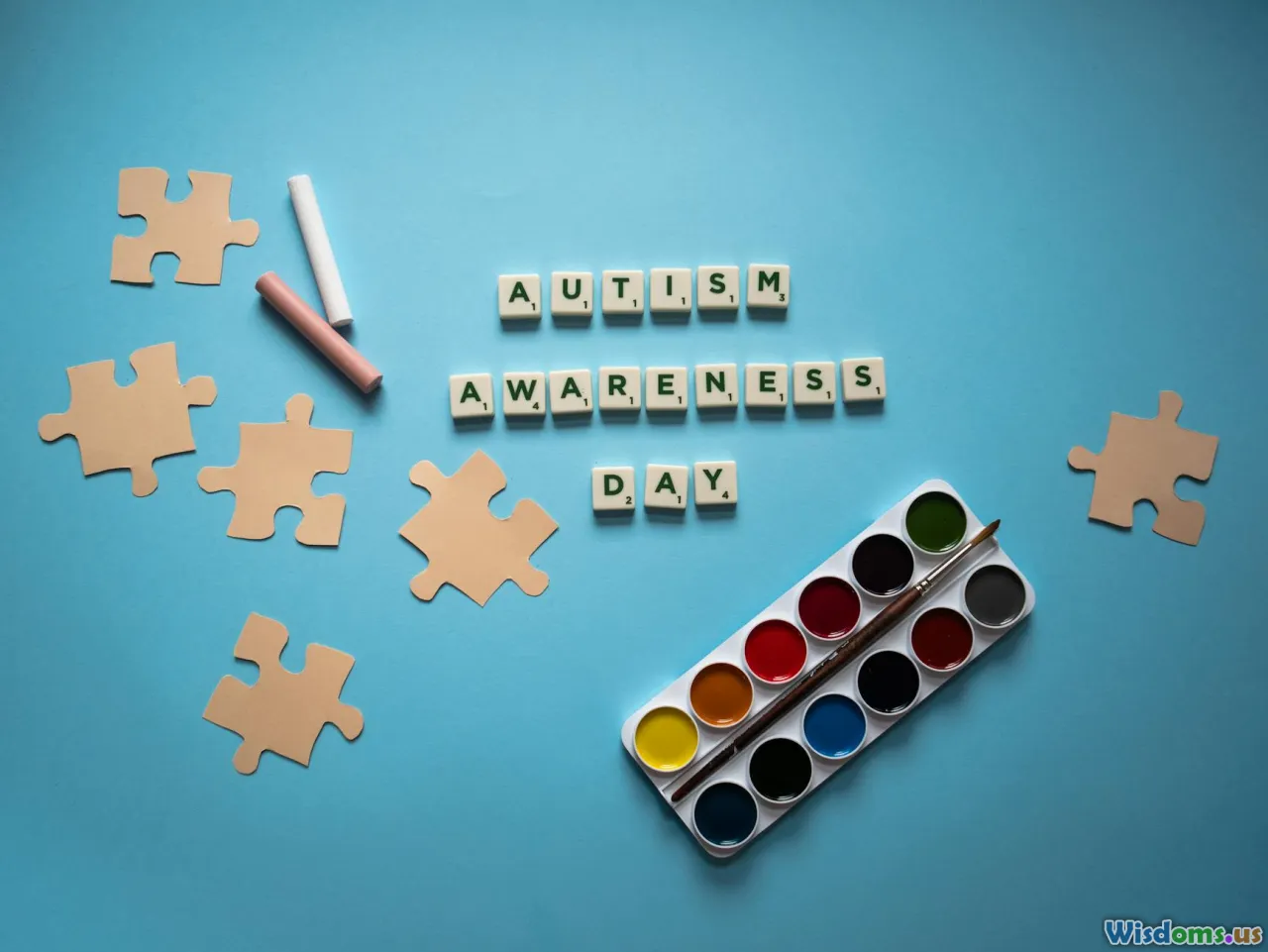
For students requiring specialized social, academic, or physical supports, the effectiveness of a school can be defined by its ability to meet these needs. Public schools are legally mandated (under the Individuals with Disabilities Education Act in the U.S., for instance) to provide a range of accommodations and support systems without cost, including personalized learning plans, paraprofessional assistance, and dedicated special education instructors.
Private schools vary: some offer extensive support, with small classes and tailored learning, while others lack the tools, staff, or training to serve even mildly disabled students. Families sometimes find that, despite intentions, private schools are unable to meet their children’s needs, leading to mid-year transitions back into public systems with stronger compliance requirements and more robust support teams.
Moreover, services like speech therapy, school counseling, and occupational therapy are typically more available within public frameworks because of inter-agency cooperation and funding mandates. Parents of children with advanced learning needs, mental health challenges, or physical accommodations should closely inspect prospective schools’ policies and resources—often consulting directly with student support teams, rather than assuming adequacy based simply on school reputation.
Career Readiness and Lifelong Skills
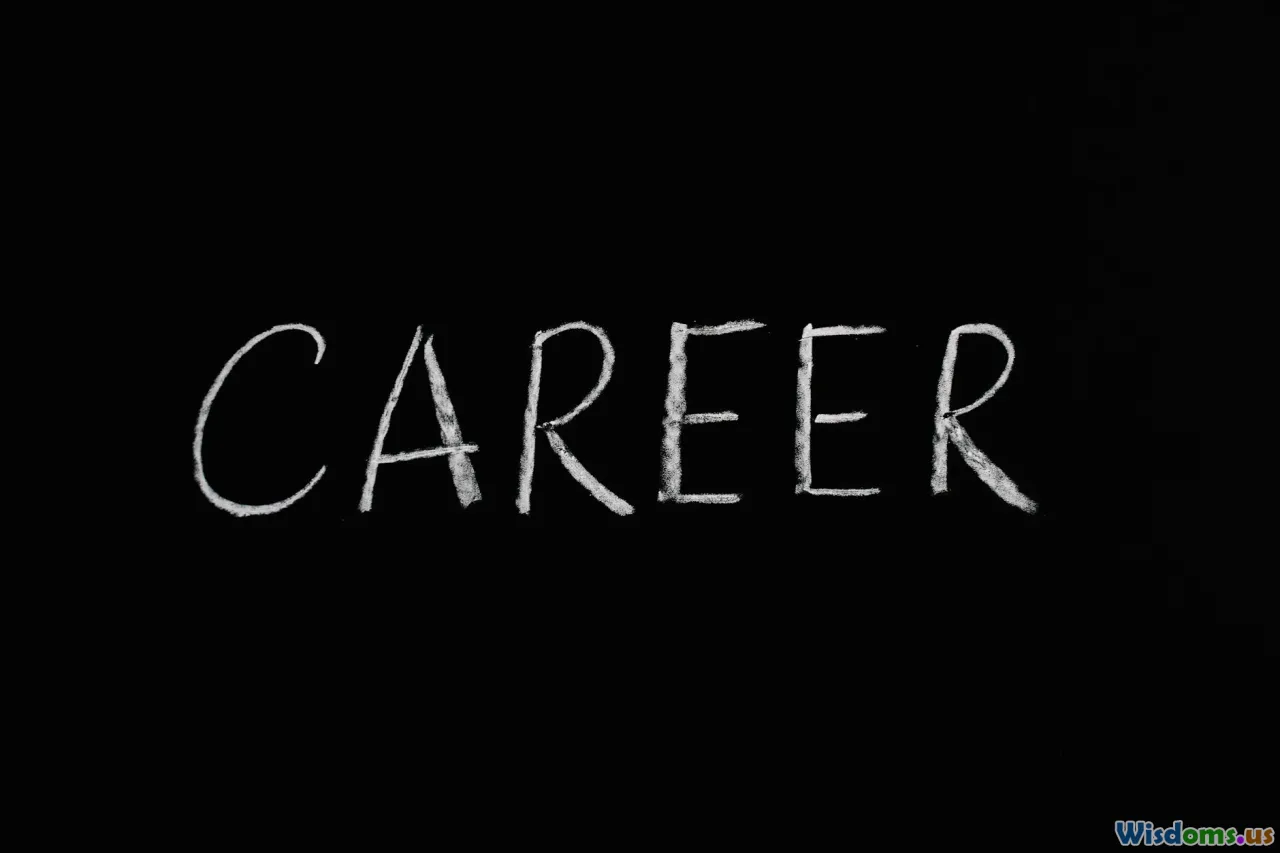
A school’s effectiveness extends beyond graduation and into adulthood. Both public and private systems can equip students for collegiate and career success, but their approaches may differ.
Private schools may add value by leveraging alumni networks, connecting students to shadowing, mentorship, and global travel programs. Boarding schools, for instance, integrate life skills like time management and independence through immersive community living. The connections forged in elite private institutions—sometimes referred to as “old-boy networks”—can play out in internships and early job placements.
Public schools, meanwhile, stand out in offering career-technical programs (CTE), industry certifications, and direct workforce pipelines for students who may seek alternatives to traditional four-year college degrees. Citywide programs like those at Brooklyn Technical High School in New York or Lane Tech in Chicago blend STEM rigor with career prep from the very start.
Crucially, much research shows that 'non-cognitive skills'—such as grit, collaboration, and adaptability—are developed through challenges, diverse socialization, and a mix of classroom and extracurricular experiences. For many, the perceived effectiveness of public vs. private education comes down to the particular fit for a student’s skills, ambitions, and values rather than the innate superiority of one setting over another.
The debate over public versus private education remains nuanced and fiercely personal. No two schools, and no two students, are precisely alike. While statistics and studies offer invaluable guidance, the most effective educational environment depends on an intricate mix of academic offerings, social experiences, support systems, and the fit for both the learner and the family. Whether public or private, the key is deliberate, informed choice—rooted in reflection on your child's unique needs, community context, and long-term hopes.
Rate the Post
User Reviews
Other posts in Education & Society
Popular Posts












